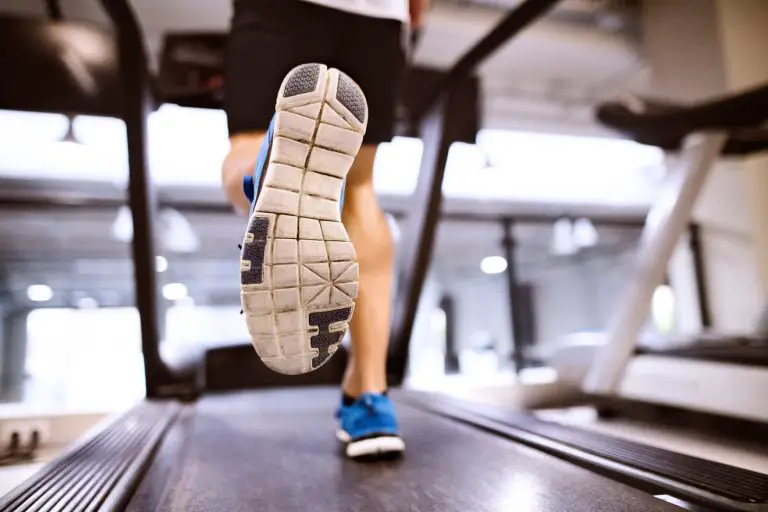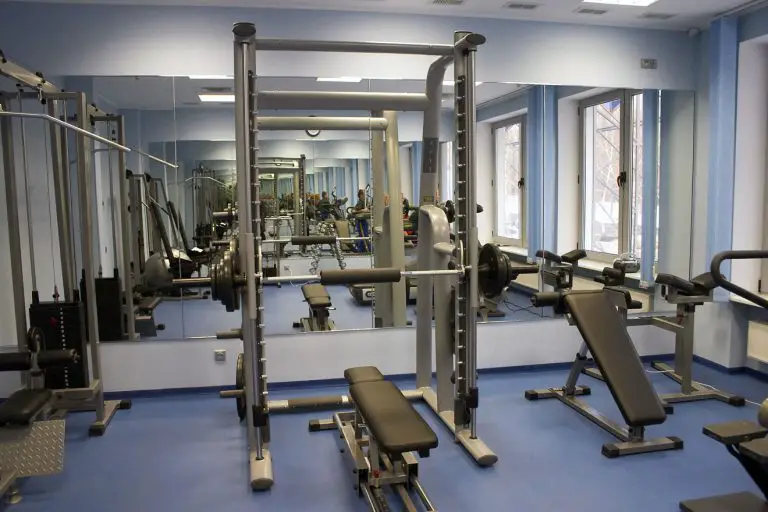Don’t let bad form kill your gains: how to identify and correct bad form
No to bad form
In the pursuit of fitness goals, maintaining proper exercise form is crucial. Bad form not only decreases the effectiveness of your workouts but also increases the risk of injuries. Whether you’re lifting weights or performing bodyweight exercises, correcting bad form is essential for optimizing your results and ensuring safety. This article delves into how you can identify and correct common exercise errors to enhance your performance and prevent injuries.
Understanding the importance of proper form
Proper exercise form ensures that you are targeting the intended muscles effectively and minimizing unnecessary strain on other body parts. Each exercise is designed with a specific movement pattern to target and use the right muscles. Deviating from this pattern can lead to muscle imbalances, reduced effectiveness, and a higher risk of injury.
For instance, poor form during squats can place undue stress on your knees and lower back, while incorrect technique in a bench press can lead to shoulder injuries. Ensuring proper form is not just about lifting heavier weights; it’s about lifting them correctly to achieve better results and safeguard your health.
Common exercise errors and how to correct them
1. Squats
A frequent mistake in squats is allowing the knees to cave inward. This can result in knee pain and limit your squat depth. To correct this error, focus on pushing your knees outward and keeping them aligned with your toes throughout the movement. Engage your glutes and core to maintain stability. Only squat down until your thighs are parallel to the ground or slightly below.
Another common issue is leaning too far forward or arching your back, which puts stress on your lower back. To correct this, keep your chest up and back straight. Imagine you are pushing your hips back as you squat down, which will help you maintain a more upright torso and distribute the weight more evenly.
2. Deadlifts
Deadlifts are often performed with poor back alignment, leading to lower back strain. A common error is rounding the back during the lift. When performing the deadlift, focus on keeping your spine neutral from head to tailbone. Engage your core and set your shoulders back to maintain a strong, stable position. Additionally, make sure to push through your heels and engage your hamstrings and glutes to lift the weight, rather than relying solely on your lower back.
Another issue is jerking the weight up with momentum instead of a controlled lift. Practice lifting with slow and steady movements to ensure that you are using proper muscle engagement rather than relying on momentum. This will enhance muscle activation and reduce the risk of injury.
3. Bench press
In the bench press, a common mistake is flaring the elbows out excessively, which can lead to shoulder injuries. To correct this, keep your elbows at a 45-degree angle relative to your torso. This position reduces strain on the shoulder joints and makes sure that your pectoral muscles are properly engaged.
Another form error is allowing the barbell to bounce off your chest. This can lead to shoulder and chest injuries and decreases the effectiveness of the exercise. Lower the barbell to your chest in a controlled manner and press it back up in a steady, deliberate motion.
4. Overhead press
During the overhead press, arching your back excessively can strain your spine. To prevent this, engage your core muscles and maintain a neutral spine throughout the movement. Keep your feet hip-width apart and avoid leaning back to lift the weight. Instead, focus on pressing the weight directly overhead while keeping your back upright.
Another common issue is pressing the weight too far forward or backward. Ensure that the barbell travels in a straight line by keeping it aligned with your mid-foot and using a controlled range of motion. This will help you engage the shoulder muscles effectively and maintain proper form.
5. Lunges
A frequent error in lunges is stepping too far forward or backward, which can strain the knee and hip joints. When lunging, step forward as you would take a normal step or step just slightly more than you usually would. When flexing your knees, do not allow the back knee to touch the ground. Keep your torso upright and core engaged throughout the whole exercises. Ideally, both knees are at a 90-degree angle when in the lunge position.
Tips for correcting form errors
1. Use a mirror or camera
Utilizing a mirror or recording your exercises can help you see your form and identify errors. By observing your movements, you can make adjustments in real-time and ensure that you are maintaining proper technique. This is often why gyms have mirrors on the walls.
2. Start with light weights
Performing exercises with light weights allows you to focus on perfecting your form before increasing the weight. Prioritize mastering the technique to build a solid foundation before progressing to heavier weights.
3. Seek professional guidance
Working with a certified personal trainer or fitness coach can provide valuable feedback and personalized guidance on correcting form errors. Trainers can see errors you can’t spot yourself, even when using the mirror, and can also offer hands-on adjustments and tailor advice to your specific needs and goals.
4. Educate yourself
Educate yourself on the proper form for each exercise through reputable sources, such as fitness books, instructional videos, and articles. Understanding the mechanics and purpose of each movement can help you perform exercises correctly and effectively.
Good form is a good foundation
Correcting common exercise errors is essential for maximizing your gains and minimizing the risk of injury. By focusing on proper form and technique, you can enhance the effectiveness of your workouts, achieve better results, and maintain overall health and safety. Pay attention to the common mistakes outlined in this article, and take proactive steps to correct them. With diligent practice and a commitment to proper form, you can optimize your training and reach your fitness goals more effectively.
Disclaimer: Written with the assistance of AI. Reviewed and edited by Marielle Livelo.







